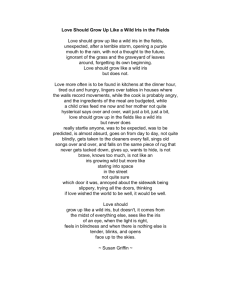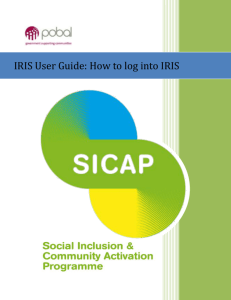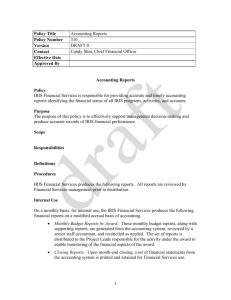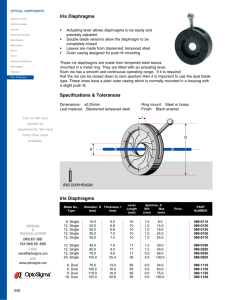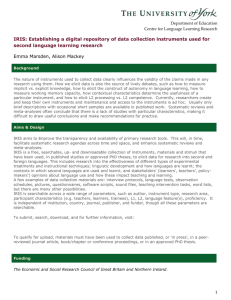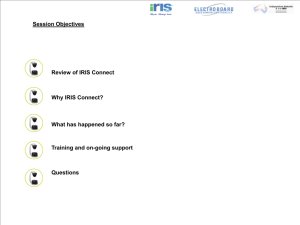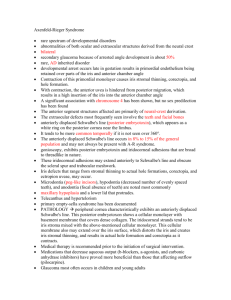Classifiers - WordPress.com
advertisement
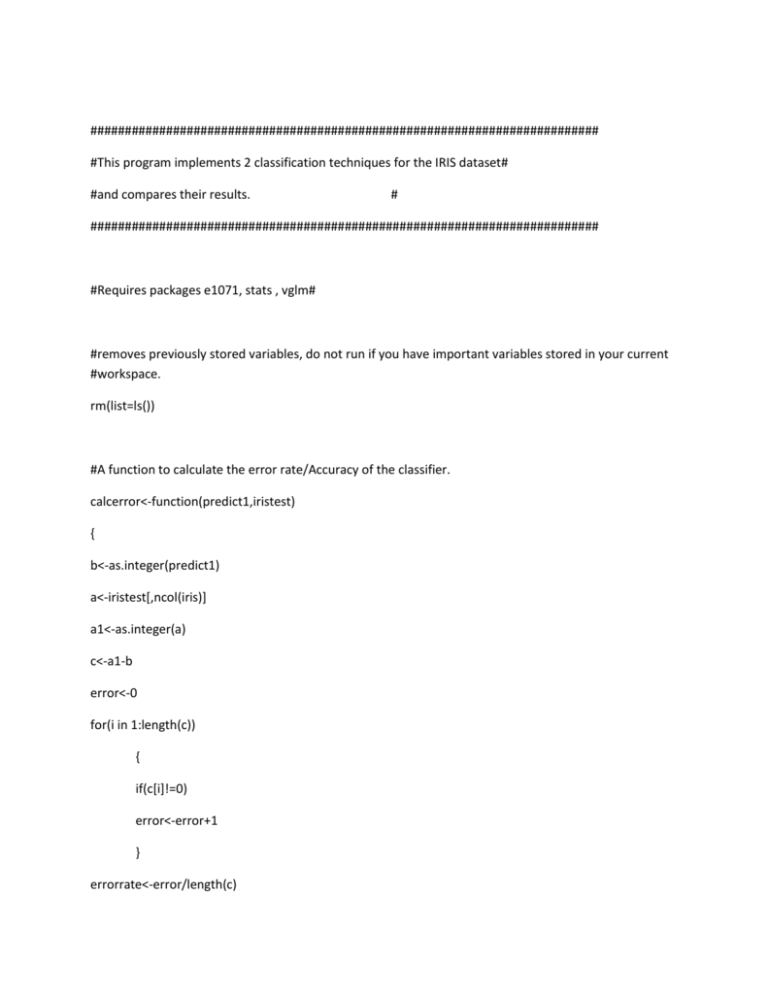
##########################################################################
#This program implements 2 classification techniques for the IRIS dataset#
#and compares their results.
#
##########################################################################
#Requires packages e1071, stats , vglm#
#removes previously stored variables, do not run if you have important variables stored in your current
#workspace.
rm(list=ls())
#A function to calculate the error rate/Accuracy of the classifier.
calcerror<-function(predict1,iristest)
{
b<-as.integer(predict1)
a<-iristest[,ncol(iris)]
a1<-as.integer(a)
c<-a1-b
error<-0
for(i in 1:length(c))
{
if(c[i]!=0)
error<-error+1
}
errorrate<-error/length(c)
accuracy<-(1-errorrate)
return(accuracy)
}
#Randomly select rows for training and testing
trainrows<-sample((1:nrow(iris)),as.integer((.75)*nrow(iris)),replace=FALSE)
iristrain<-iris[trainrows,]
iristest<-iris[-trainrows,]
#Run the naive Bayes function in R and predict the model.
model1<-naiveBayes(iristrain[,ncol(iris)]~.,data=iristrain)
predict1<-predict(model1,iristest[,-ncol(iris)])
accuracy1<-calcerror(predict1,iristest)
#This code runs the mlogit regression and finds prediction
iris.vglm <- vglm(iristrain[,ncol(iristrain)] ~. , family=multinomial, data=iristrain)
myprediction<-predict(iris.vglm,newdata=iristest,type="response")
myprediction<-predict(iris.vglm,newdata=iristest,type="response")
rounded<-round(myprediction)
predict2<-rep(0,nrow(iristest))
#This code converts 3 columns of binary values for the predictors into a single column with 3
#Possible values
for(i in 1:nrow(rounded))
{
if(rounded[i,"setosa"]==1)
predict2[i]=1
if(rounded[i,"versicolor"]==1)
predict2[i]=2
if(rounded[i,"virginica"]==1)
predict2[i]=3
}
#Comparison of accuracy
accuracy2<-calcerror(predict2,iristest)
accuracy1
accuracy2



